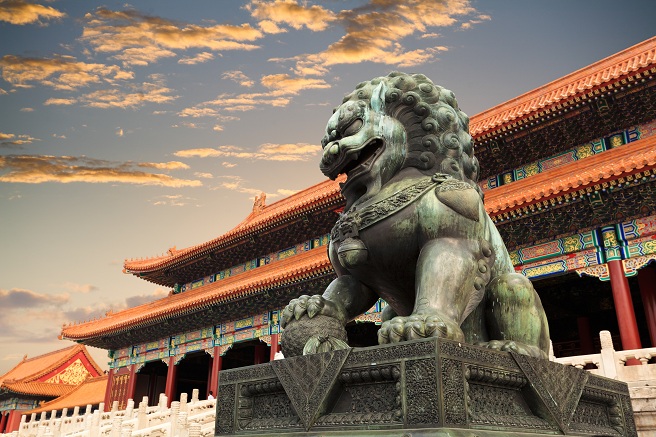Ancient China had monarchy, i.e. government headed by an emperor and a royal family. Chinese rulers also called monarchs based their government on the Confucian model, which taught that the ruler was a virtuous man who led by example…
China like many other countries at that time was an agriculture based country with the river Yangtze as its lifeline. During the ancient period the king would be the leader and would be more of a dictator than a king for the people who would take decisions beneficial to them. He had unsurpassing power in all areas be it economy or governance or agriculture which was the livelihood of the people.
The earliest incident of despotic leadership could probably be traced back to the Hsia dynasty (2200 – 1750 BC) when the emperor Yao picked Shun as his successor to help his people who were burdened by the regular floods.
Enlightened Leadership
Shun can be given credit for being an enlightened leader in some respects, but he was very harsh on his people. He could put any of his people to death if they did not agree with his leadership. Other punishments included using whip, stick and fines for small offences. He was succeeded by Yu, who founded Hsia, the first dynasty.
During this dynasty the Chinese government or the emperor employed huge labor to work under four groups: military, farming, construction workers and textile labor. Textile labor were given the task of weaving silk thread by hand to make clothes for the royal family, construction work included public work such as building walls and enlarging canals for agriculture etc.
Military
Ancient China was most of the time caught in battles against the Hun invaders. In the military the casualty rate was very high, because at that time it was quiet common to have mass warfare killing thousands at the same time; ordinary soldiers were simply treated as pawns by the king and other leaders.
The Shan Dynasty (1750-1040 BC) was ruthless when it came to battles, they even made the whole family fight in battles together because they believed they would fight better with each other.
Position of Women
The Shan Dynasty followed the philosophy of Yin and Yang and believed in giving lesser role to women in the society as compared to men. Women were not given opportunities and were treated as inferior.
Efforts to reform the Chinese Government
The Chou Dynasty (1040 -256 BC) tried to bring improvements in the government after the corrupt Shan Dynasty and tried to employ the feudal system. This new form of government in ancient China collapsed and ended up with the Warring states period (403- 221 BC). Further more, corrupt emperors caused the country to fall apart into a continuous war like situation.
It was after these that the enlightened Qin Dynasty ruled, which tried to reform and unified the country and built the Great Wall of China. The Ancient Chinese Government was more of a Despotism rather than Enlightened Monarchy which works for the betterment of the people.





